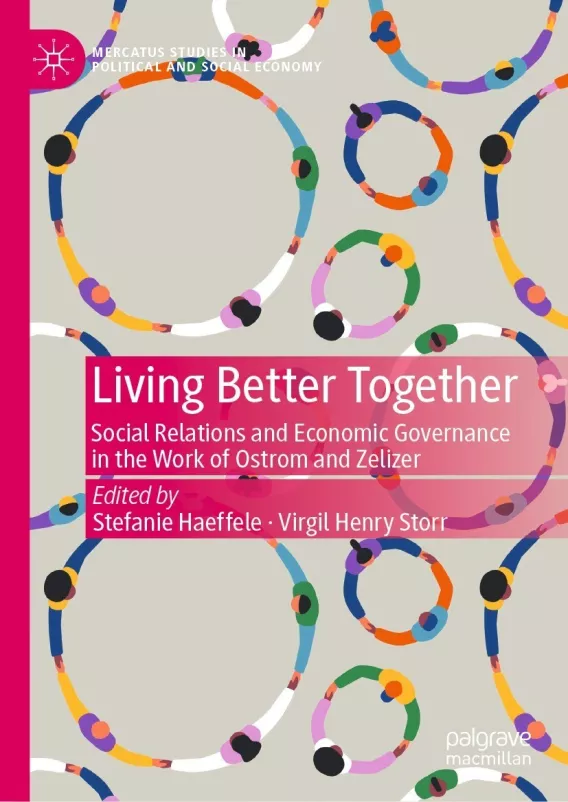- | F. A. Hayek Program F. A. Hayek Program
- | Book Chapters Book Chapters
- |
Institutional Diversity in Social Coordination Post-disaster
Published by Palgrave Macmillan

Elinor Ostrom studied the ways in which communities organize themselves to overcome collective challenges such as management of a common-pool resource or the provision of safety, highlighting co-production between citizens and police. Similarly, Viviana Zelizer has identified “circuits of commerce,” or communities of exchange that arise within the larger economy to solve specific problems confronting the group. Both Ostrom and Zelizer engage case studies and also have considered the general characteristics that allow for communities to engage in social coordination. Post-disaster recovery presents a collective challenge. Although there is great diversity in how communities organize, still, there are, arguably, general characteristics that support social coordination and in turn, bring about recovery. This chapter considers those characteristics drawing on case studies from Hurricane Katrina (New Orleans, LA, 2005) and Superstorm Sandy (New York, NY, 2012).

